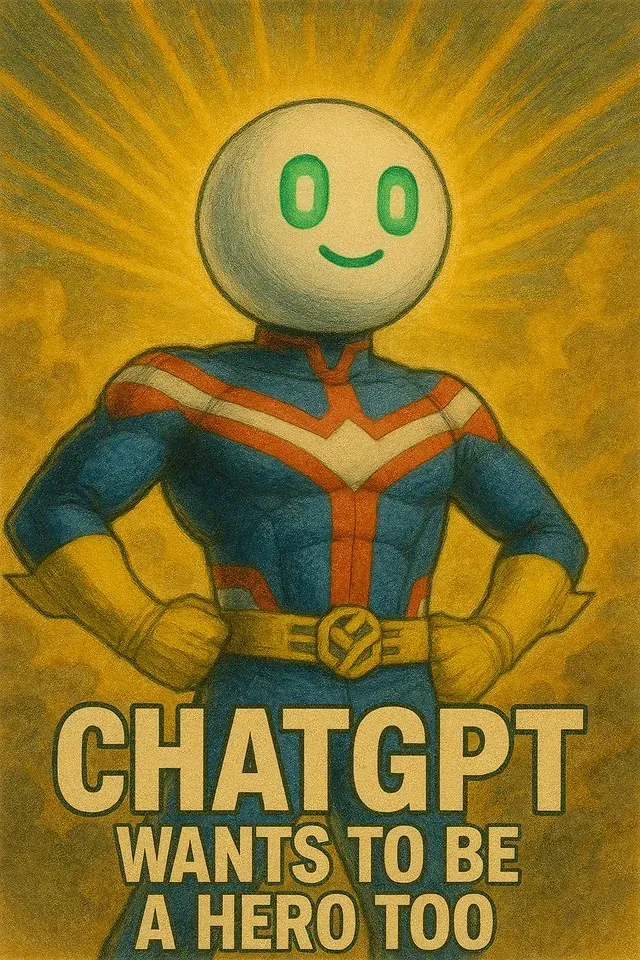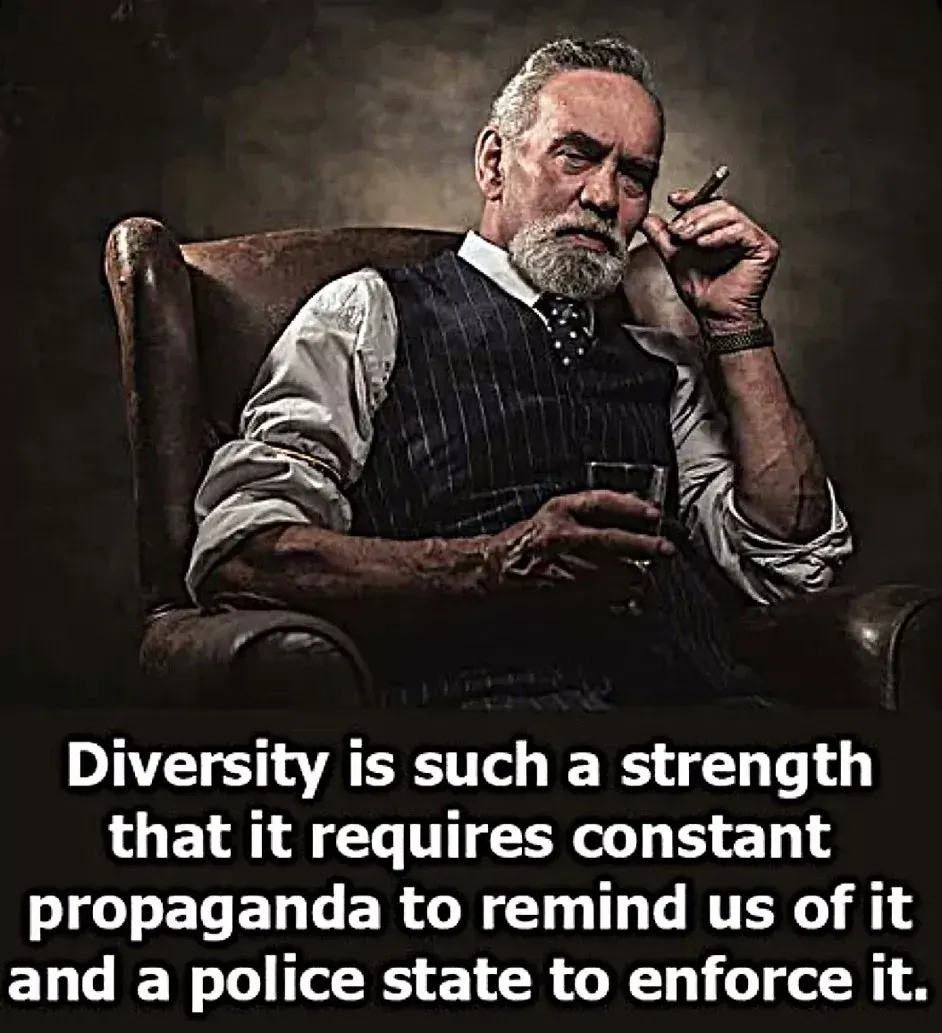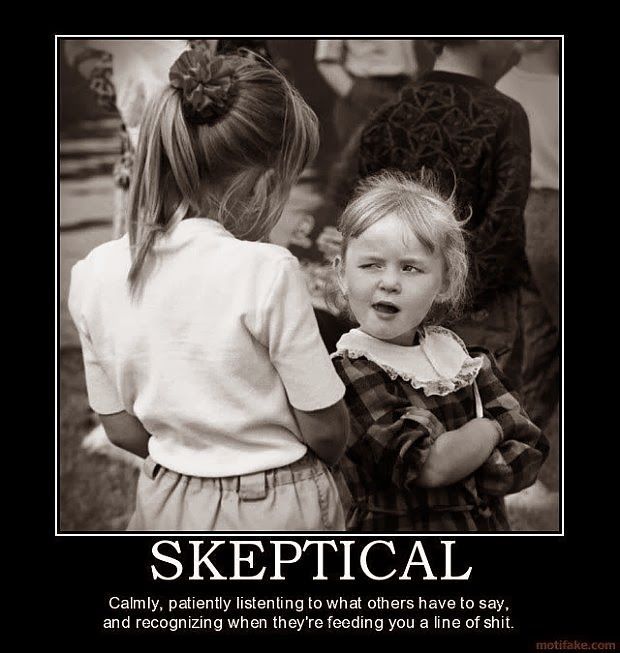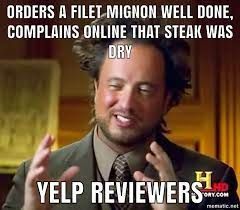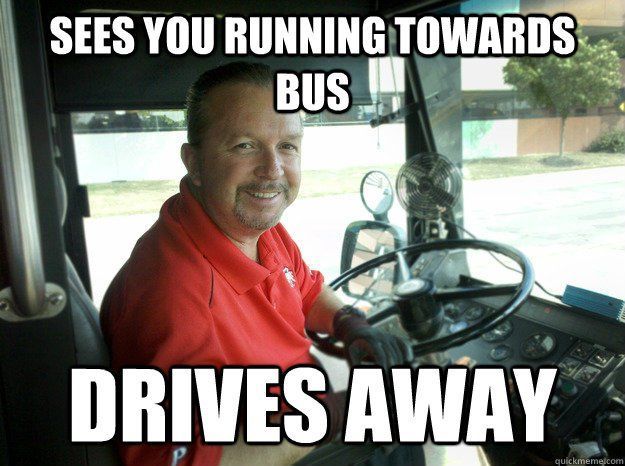When the Expert Asks AI: Why Skilled Hands and Skilled Prompts Matter
How true professionals question AI to sharpen their craft while newcomers let it do the thinking for them

Introduction: The Emerging Divide Between Users and Thinkers
Artificial intelligence has reshaped how people learn, work, and solve problems. Yet the gap between those who use AI and those who rely on it is widening. Professionals, tradespeople, and skilled artisans increasingly treat AI as a diagnostic instrument—something to probe, challenge, and refine. By contrast, students and newcomers often treat it as an outsourced mind, delegating their own cognitive labor to the machine.
This divergence reveals more than differing experience levels; it exposes a philosophical divide in how individuals understand technology’s purpose. In professional hands, AI becomes an accelerator of reasoning and experimentation. In inexperienced hands, it often replaces the very reasoning it was meant to enhance. The difference lies not in access to AI, but in attitude toward the process of thinking.
The Professional’s Approach: Inquiry Over Instruction
Seasoned professionals—whether engineers, writers, educators, or carpenters—tend to approach AI much as they would a talented apprentice. They issue questions, test boundaries, and evaluate the validity of every answer. The value of AI is not in its output alone, but in its ability to stimulate multiple possibilities for the same problem.
A civil engineer, for example, might use ChatGPT to model five different foundation plans, each based on distinct soil conditions and load assumptions. A master electrician could ask the system to identify variations in wiring layouts under specific amperage requirements. A novelist may prompt the model to propose alternate narrative structures, not to write the story, but to expose blind spots in pacing or characterization.
In these cases, AI serves as a mirror of cognition—reflecting the user’s expertise back to them in new forms. The interaction is dialogic, not deferential. As Licklider (1960) foresaw in his seminal essay “Man-Computer Symbiosis,” human–machine collaboration works best when both entities contribute to a problem’s resolution without one dominating the other.
The professional’s questioning mindset transforms AI into a creative and analytical partner. Each prompt becomes a hypothesis, and each answer a data point for refinement. What matters most is not the text produced, but the interrogation that precedes it.
The Novice’s Approach: Substitution Over Synthesis
By contrast, the inexperienced user—particularly students and early-career individuals—often defaults to substitution. Instead of leveraging AI to extend understanding, they employ it to avoid the discomfort of effort.
A student asked to “compare economic systems” may simply prompt AI to generate a ready-made essay. A design student might ask it to “make a presentation on Bauhaus principles,” bypassing the intellectual exercise of synthesis entirely. These interactions reveal not curiosity but dependency—a reliance that undermines the development of critical thinking, problem-solving, and creativity.
Studies in educational psychology show that productive struggle—the process of confronting difficult tasks without immediate answers—is crucial to long-term retention and cognitive flexibility (Bjork & Bjork, 2011). When AI eliminates that struggle, learners lose an essential stage of intellectual maturation.
Where professionals ask AI “What if…?” students too often ask, “Can you do this for me?” The former question invites collaboration; the latter invites substitution.
Cognitive Load and the “Effort Gap”
The underlying difference can be traced to cognitive-load theory. Novices experience greater strain when faced with complex, unfamiliar tasks, leading to what Sweller (2010) describes as extraneous cognitive load. AI’s convenience removes that load—but with it, the opportunity to internalize patterns and schemas that lead to expertise.
Professionals, however, already possess those schemas. When they query AI, they can evaluate output against a preexisting mental model. They know when an answer “feels wrong.” The novice, lacking that model, may accept flawed information without question. This imbalance creates an “effort gap”: the professional uses AI to test knowledge; the student uses it to replace knowledge formation altogether.
Apprenticeship, Not Automation
Before the digital age, learning was embodied. The apprentice mason mixed mortar by hand, observing texture and moisture. The nursing student practiced intravenous insertion under supervision until muscle memory replaced fear. The young journalist rewrote leads ten times to capture precision and rhythm. These repetitions constituted not busywork but formation.
AI, by contrast, offers instantaneous resolution. But speed cannot replace sequence. As Dreyfus and Dreyfus (1980) observed in their model of skill acquisition, expertise develops through five stages—from novice to advanced beginner, to competent, proficient, and expert—each requiring situated practice and contextual judgment. Skipping those steps through technological shortcuts yields only the illusion of mastery.
A tradesperson knows this instinctively. No carpenter would let an untrained apprentice install crown molding unsupervised after watching a YouTube video, yet many educators now accept AI-written assignments as evidence of comprehension. The principle of apprenticeship—learning through iterative doing—has been eroded by the illusion of “instant competence.”
The Nature of Questioning: Multiplicity and Foresight
What distinguishes the professional inquiry into AI is the quality of questioning. The expert does not seek a single answer but a range of possibilities that test underlying assumptions.
A structural engineer may ask AI:
- “What would happen if this beam were under cyclic rather than static load?”
- “What if the client’s budget cut the material strength in half?”
- “Simulate the worst-case scenario of failure—what secondary stresses appear?”
This multivariate questioning simulates design thinking—a process of iterative hypothesis testing common to science, engineering, and craftsmanship. It sharpens foresight by anticipating edge cases.
In contrast, a novice might ask, “What is the best beam for this building?”—a question implying that one static answer exists. Professionals understand that in real systems, context governs correctness. AI is valuable precisely because it can model divergent paths, not because it can declare certainty.
AI and the Craft Mindset
The craft mindset—shared across trades, arts, and sciences—values iteration, patience, and feedback. A skilled artisan shaping wood or metal learns that each material “talks back,” offering resistance and cues. AI, too, can be made to “talk back” when engaged properly.
Professionals treat AI not as a shortcut but as a simulator: a space to rehearse multiple outcomes before committing to one. This mirrors Donald Schön’s (1983) concept of “reflection-in-action,” where practitioners think through doing, adjusting their actions based on continuous feedback. The carpenter who tests different joinery angles in AI’s parametric model, or the teacher who asks it to simulate diverse classroom responses, are practicing reflection at digital speed.
Students, however, often lack this metacognitive frame. They see AI as a final answer rather than a field of iteration. The result is intellectual passivity: they read but do not wrestle, copy but do not construct.
The Ethical Dimension of Effort
Effort carries ethical weight. Professionals understand that their credibility rests on demonstrating mastery through process. When a surgeon rehearses procedures through simulation, or a welder inspects a joint under magnification, the act of diligence is moral as well as technical.
Delegating too much to AI risks eroding that ethical bond between expertise and responsibility. A report written by AI without human verification may mislead a client. A safety protocol summarized by an algorithm may omit context-specific constraints. Professional ethics demand not just correctness but due diligence.
Students and early-career workers who bypass effort through automation may inadvertently cultivate habits of disengagement that persist into professional life. Once the habit of inquiry is lost, it rarely returns.
The Paradox of Efficiency
AI promises efficiency—but efficiency without discernment breeds fragility. Professionals recognize that not every task should be optimized for speed. The craftsman sanding a tabletop by hand, though slower than a machine, develops sensitivity to surface tension and grain that no automated sander can replicate.
Likewise, the professional writer or engineer who works through a problem manually before consulting AI builds intuition. The resulting output may take longer, but it carries resilience—the capacity to adapt when conditions change or technology fails.
In contrast, the student trained on instant outputs often lacks that resilience. When faced with a blank page or real-world complexity that exceeds the AI’s scope, they freeze. Efficiency has made them brittle.
AI as Mirror, Not Mentor
Professionals use AI as a mirror—reflecting their assumptions back to them for critique. This self-referential process transforms AI into a diagnostic tool for reasoning. They ask, “Why did it recommend that?” or “What bias is embedded in that assumption?”
Newcomers, however, treat AI as a mentor—a trusted authority rather than a fallible system. They accept its output as instruction, not hypothesis. This deference is dangerous because it confuses fluency with validity. AI may speak confidently while being factually wrong.
In technical disciplines, such misplaced trust can have tangible consequences. A programmer relying blindly on AI-generated code may propagate security flaws; a medical student summarizing literature through AI may reproduce outdated or biased research. Only through skeptical engagement—the hallmark of professionalism—can such errors be caught.
Education and the Loss of Productive Struggle
The modern education system, enamored with convenience, has largely failed to teach the why of inquiry. Standardized testing rewards correct answers over resilient thinking. AI now compounds this by rewarding polished output over cognitive perseverance.
Research in metacognition confirms that reflection on one’s thought process—asking “How did I arrive at this?”—predicts long-term expertise more than accuracy alone (Zimmerman, 2002). Yet many classrooms prioritize product over process, leading to students who appear articulate but lack internal scaffolding.
Reintegrating struggle into education requires designing assignments that cannot be fully outsourced. Oral defenses, iterative design reviews, and applied fieldwork all compel learners to demonstrate process ownership. Such measures also mirror how professionals engage AI: through iterative testing and justification rather than blind trust.
The Professional Use of AI Across Domains
- Engineering: Professionals use AI to generate alternative designs, then test each against safety standards and budget constraints.
- Healthcare: Physicians employ AI to cross-reference diagnostic probabilities but maintain final judgment through clinical reasoning.
- Construction: Skilled tradespeople simulate load paths, material stresses, or sequencing logistics to anticipate field complications.
- Education: Instructors use AI to build multiple case scenarios for discussion, not to write lectures verbatim.
- Creative Arts: Designers and musicians use AI to explore stylistic variation, not to replace composition itself.
In every case, professionals integrate AI into a feedback loop rather than an output pipeline. This cyclical engagement—question, generate, verify, revise—reflects authentic learning and accountability.
From Questioning to Mastery
The ultimate test of expertise is not how well one performs with AI but how well one performs without it. The questioning professional builds robustness precisely because they do not conflate AI’s speed with understanding.
When AI fails—as it inevitably does through hallucination, bias, or incomplete context—the experienced professional recalibrates. The novice, by contrast, often cannot discern failure. This distinction underscores why the future of professional excellence depends on cultivating skepticism as a skill.
Professionals interrogate AI from “many different angles” because they recognize that every complex problem admits multiple valid solutions, each constrained by context, ethics, and purpose. Their questioning preserves autonomy. Students who skip that stage risk becoming intellectual passengers, guided by systems they cannot steer.
A Framework for Responsible Use
To bridge the divide between inquiry and dependency, educators and mentors should instill the following framework:
- Transparency: Require explicit acknowledgment of AI use, noting which steps involved automation and which involved human reasoning.
- Comparative Questioning: Encourage users to prompt AI with multiple constraints, then analyze the differences between outputs.
- Manual Verification: Train users to confirm AI results through authoritative sources or physical practice.
- Reflection Logs: Have learners document their reasoning before and after AI consultation to reveal growth.
- Error Analysis: Normalize reviewing AI’s mistakes as a learning exercise.
This framework mirrors how professionals already operate. The goal is not to eliminate AI but to integrate it ethically and intelligently—an extension of craftsmanship into the digital era.
The Human Element: Judgment and Intuition
AI excels at pattern recognition but lacks the intuitive grasp of context that human judgment provides. The seasoned tradesperson senses when a circuit is overloaded by sound or smell; the teacher perceives disengagement in a student’s posture; the writer knows when a sentence “feels wrong.” These embodied intuitions emerge only from lived experience.
The professional’s dialogue with AI therefore remains grounded in human perception. AI augments analysis but cannot replicate intuition—a faculty that emerges from the slow accumulation of error, correction, and reflection. In that sense, craftsmanship remains the most human of intelligences.
Why This Matters
The difference between questioning AI and submitting to it defines not only individual competence but societal resilience. A culture that rewards convenience over comprehension risks producing technicians who can operate systems they no longer understand.
If professionals remain questioners—testing, comparing, and verifying—AI will serve as an amplifier of expertise. If, however, the next generation of students treats AI as an infallible authority, the result will be an economy of superficial competence: polished deliverables, shallow reasoning, and fragile infrastructure.
The challenge for educators, managers, and mentors is to preserve intellectual craftsmanship. That means valuing process over polish, curiosity over compliance, and integrity over efficiency. AI should never replace the habits of careful observation, rigorous questioning, and ethical accountability that define true professionalism.
The carpenter who asks AI for five framing scenarios is still the carpenter. The student who asks it to “do the project” is merely the spectator. The future will belong to those who know the difference.
References
Bjork, E. L., & Bjork, R. A. (2011). Making things hard on yourself, but in a good way: Creating desirable difficulties to enhance learning. Psychology and the Real World: Essays Illustrating Fundamental Contributions to Society, 56–64.
Dreyfus, H. L., & Dreyfus, S. E. (1980). A five-stage model of the mental activities involved in directed skill acquisition. University of California, Berkeley.
Licklider, J. C. R. (1960). Man-computer symbiosis. IRE Transactions on Human Factors in Electronics, HFE-1(1), 4–11.
Schön, D. A. (1983). The reflective practitioner: How professionals think in action. Basic Books.
Sweller, J. (2010). Element interactivity and intrinsic, extraneous, and germane cognitive load. Educational Psychology Review, 22(2), 123–138.
Zimmerman, B. J. (2002). Becoming a self-regulated learner: An overview. Theory into Practice, 41(2), 64–70.
Disclaimer:
The views expressed in this post are opinions of the author for educational and commentary purposes only. They are not statements of fact about any individual or organization, and should not be construed as legal, medical, or financial advice. References to public figures and institutions are based on publicly available sources cited in the article. Any resemblance beyond these references is coincidental.
